Lightbulb Replacement Guidelines
Lightbulb changing is a routine maintenance task that ensures proper illumination and safety within residential and commercial spaces. Understanding the optimal times to replace bulbs can prevent unexpected outages, improve energy efficiency, and extend the lifespan of lighting fixtures. Regularly scheduled replacements and awareness of usage patterns contribute to maintaining consistent lighting conditions.
Replacing bulbs every 1-2 years depending on usage helps prevent burnout and maintains optimal lighting.
Immediate replacement is necessary to restore lighting and avoid safety hazards.
Changing bulbs during seasonal transitions ensures lighting efficiency during longer nights or shorter days.
Replacing bulbs prior to events or gatherings ensures well-lit environments.

A person replacing a bulb in a ceiling fixture.
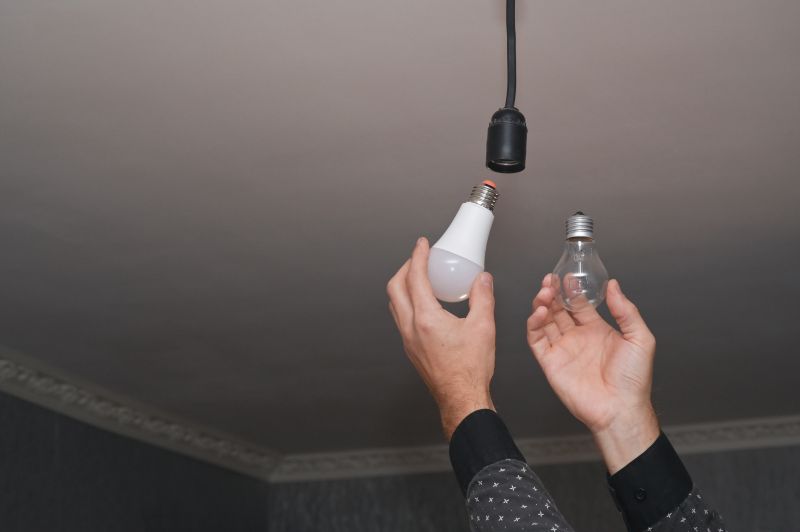
Installing energy-efficient LED bulbs for long-term savings.
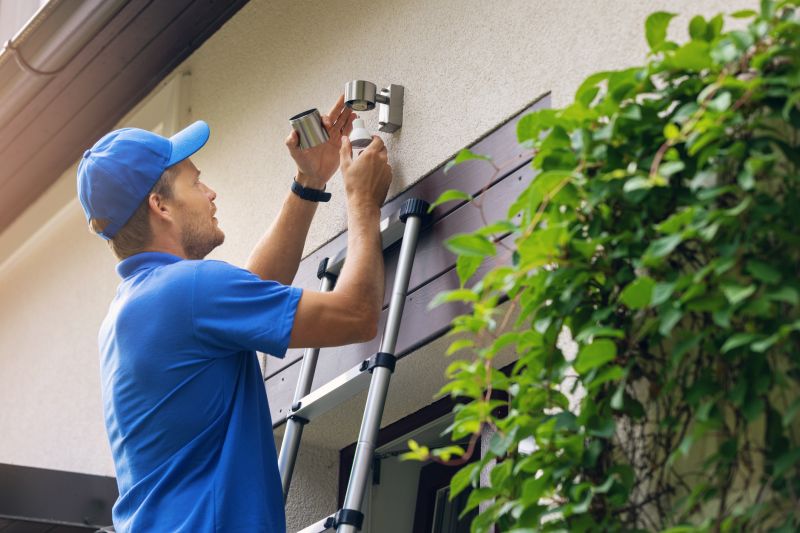
Replacing outdoor bulbs for safety and visibility.

Ways to make Lightbulb Changings work in tight or awkward layouts.

Popular materials for Lightbulb Changings and why they hold up over time.
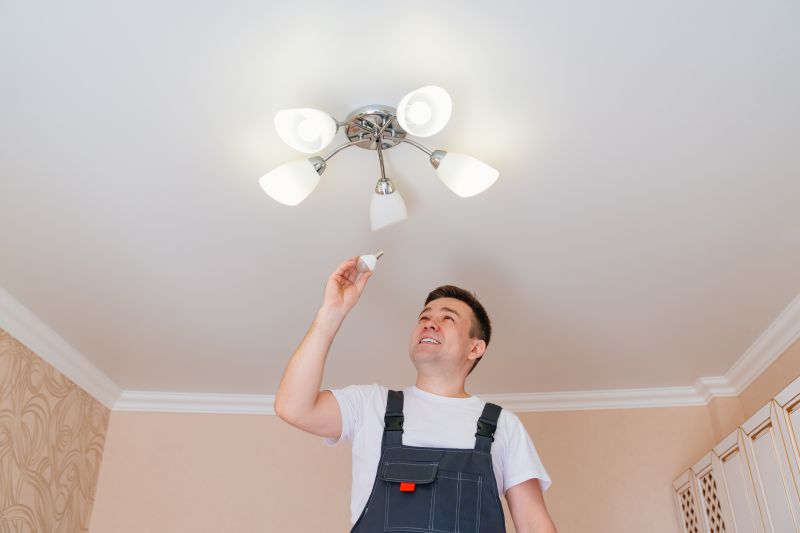
Simple add-ons that improve Lightbulb Changings without blowing the budget.
| Scenario | Recommended Timing |
|---|---|
| Bulb burnout | Immediately upon failure |
| Scheduled maintenance | Every 1-2 years |
| Seasonal change | Spring and fall |
| Before events | Prior to scheduled gatherings |
| Energy efficiency upgrade | When upgrading to LED or newer technology |
Lightbulb changings are essential for maintaining proper lighting and safety. Incandescent bulbs typically last around 1,000 hours, while LED bulbs can last up to 25,000 hours or more. Regular replacements prevent dimming and flickering, which can be signs of impending failure. Proper timing also contributes to energy efficiency, as newer bulbs often consume less power and provide better illumination.
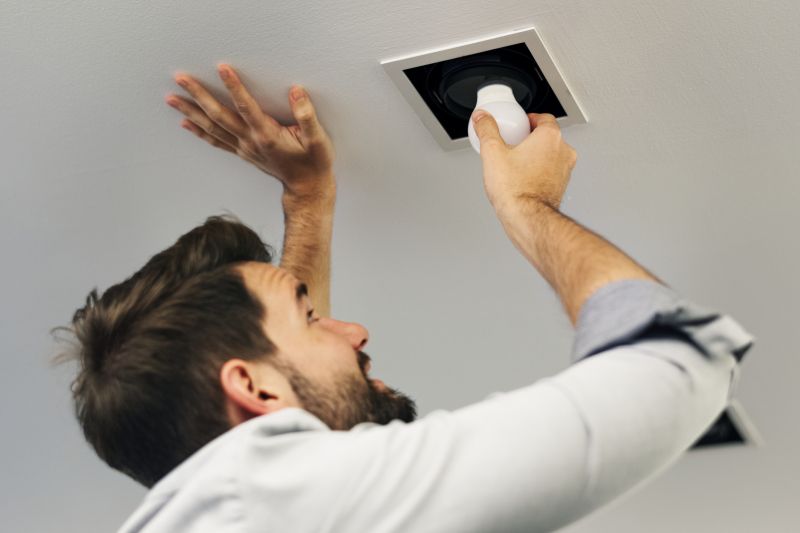
Close-up of a hand changing a lightbulb.

LED bulbs being installed in a fixture.
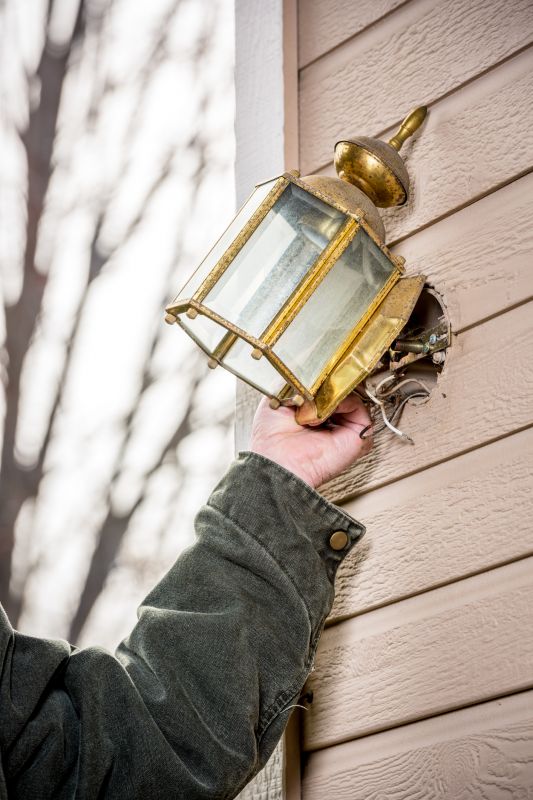
Replacing outdoor bulbs for safety.
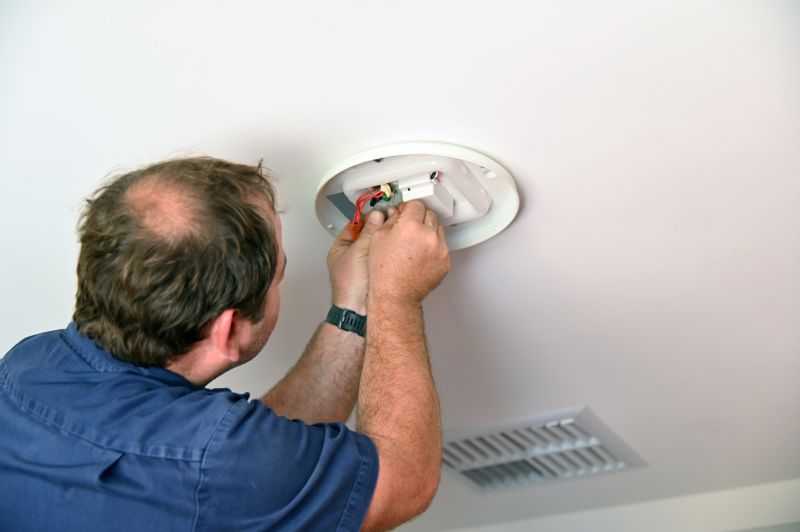
Checking lighting fixtures during routine maintenance.

High-end options that actually feel worth it for Lightbulb Changings.
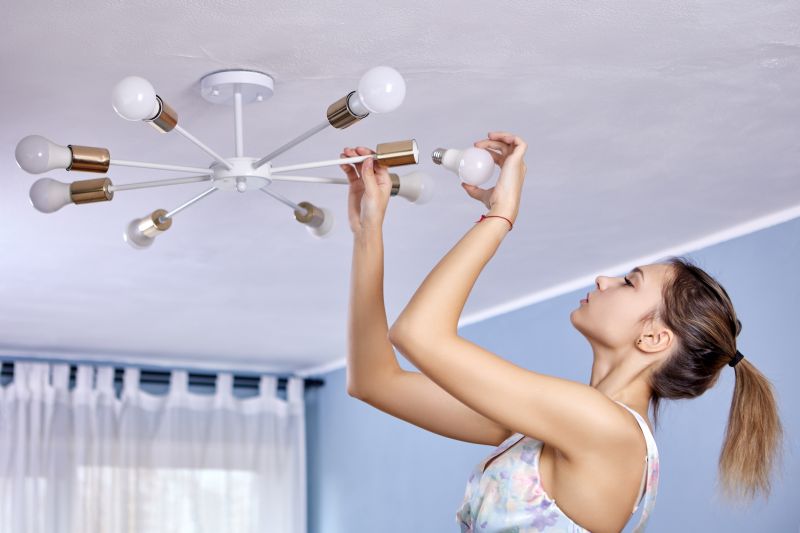
Finishes and colors that play nicely with Lightbulb Changings.
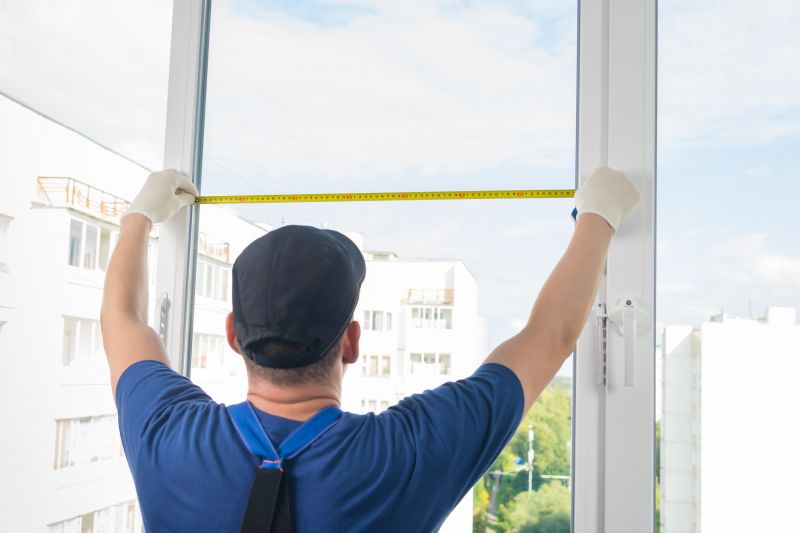
Little measurements that prevent headaches on Lightbulb Changings day.

A 60-second routine that keeps Lightbulb Changings looking new.
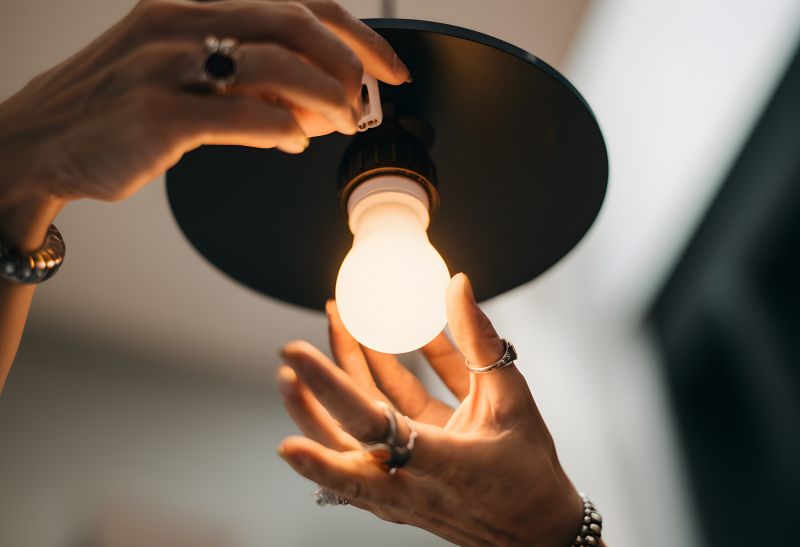
A frequent mistake in Lightbulb Changings and how to dodge it.
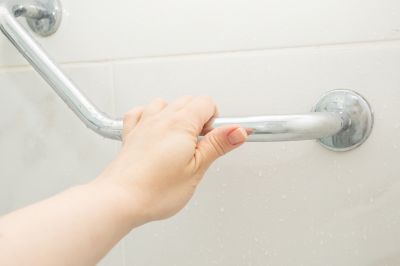
Small tweaks to make Lightbulb Changings safer and easier to use.
Timely lightbulb changings can improve lighting quality, reduce energy costs, and prevent safety hazards caused by burnt-out bulbs. It is advisable to monitor bulb performance regularly and plan replacements during scheduled maintenance or seasonal changes. Upgrading to energy-efficient lighting options can also extend the interval between replacements.
Fill out the contact form to inquire about professional lightbulb changing services.
